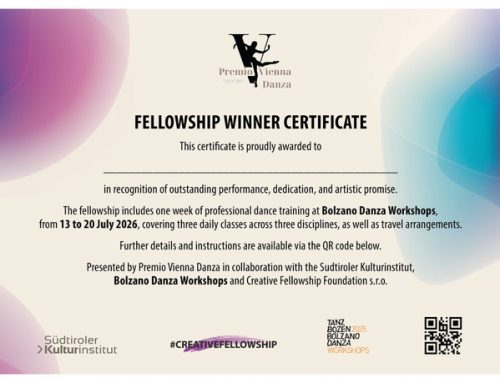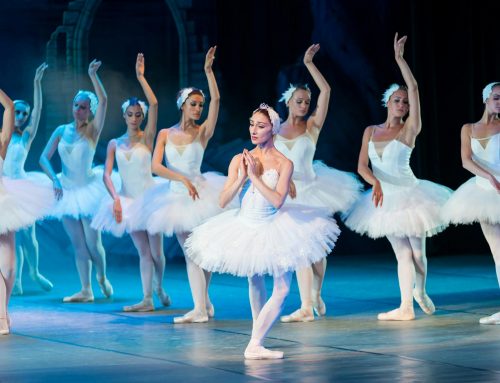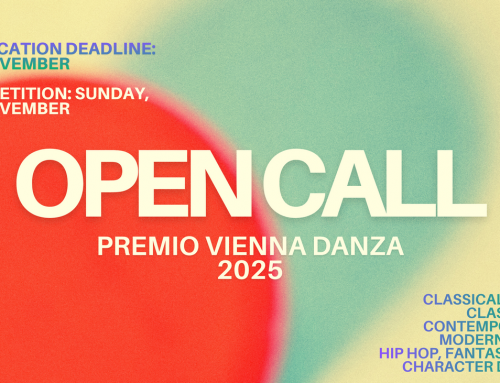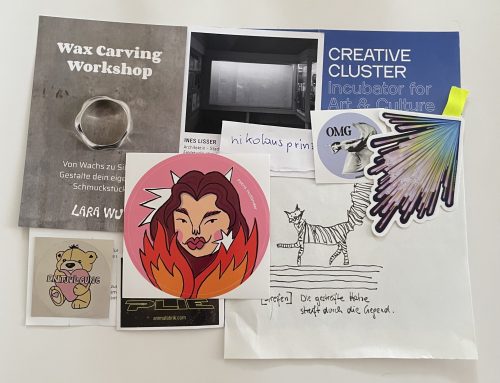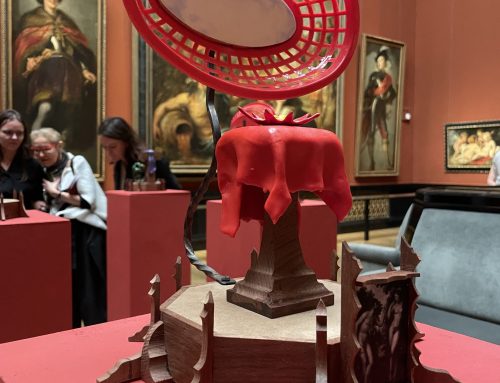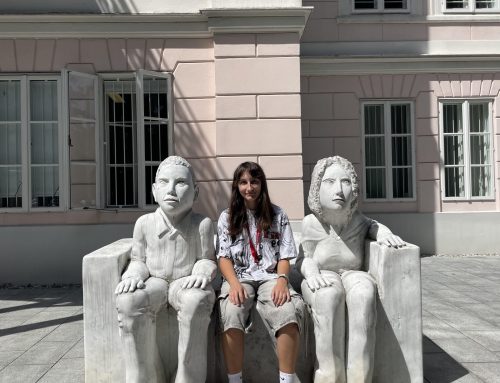A reflection on tanzt collective’s performance at the Heidi Horten Collection
It is always fascinating to witness artists explore new forms of expression—especially when they create something original and distinctive by building on what is already established and recognized. That’s exactly what the tanzt collective achieved with Marias – Mensch vs. Maschine*, a striking performance staged at the Heidi Horten Collection.
Recently, through our Ready2Print project under the theme The Future is Now, we’ve been asking young artists to reflect on what it means to live in a future that is already unfolding—and how art can help us make sense of this transformation. When we experienced Marias – Mensch vs. Maschine*, the connection was immediate.
The evening began with a guided tour of the Experiment Expressionism exhibition. We walked among works that once redefined how emotion could be expressed in times of upheaval. That historical frame—of transformation, tension, and imagination—perfectly set the stage for what was to come.
Then, the performance began—not on a traditional stage, but around us. The dancers—Rebecca Horner, Géraud Wielick, and Mila Schmidt—moved across all three levels of the museum, climbing staircases, drifting through corridors, weaving through gallery spaces. There was no division between audience and performer; only movement, proximity, and shared presence.
Videographer Balázs Delbo followed the dancers with a live camera, projecting footage onto a video wall. His lens transformed human gestures into amplified, abstracted fragments: a flicker of breath, a metallic arm, a twisted torso. The dancers became something more—and something less—than human. They turned into hybrid beings: part machine, part memory, part myth.
By blending the history of cinematography, the artistic legacy of the 1920s, and contemporary video technology with body movement, the tanzt collective created a truly singular work of art. Marias* became a living dialogue between the technologically “new” and the once-progressive “old”—with the human body as the one enduring constant across both.
What stood out, too, was the minimalist brilliance of the format: three dancers, two screens, one videographer, no stage, museum exhibits as scenography, and a high-speed internet connection. It’s a powerful model for how high-quality performance can be produced accessibly, imaginatively, and sustainably. As in BEEF by Rebecca Horner and Andrey Kaidanovsky earlier this year, the goal isn’t to speculate about tomorrow—it’s to remind us that the future is already here.
We didn’t just watch Marias*. We moved with it, around it, within it. And in that motion, we encountered the very question our Ready2Print artists posed last year: What does it mean to be human in a world shaped by machines?
We left not with answers, but with something more lasting—a visceral sense that the future isn’t distant or abstract. It’s happening now, in our bodies, our movement, and our art.
And we are already part of it.


